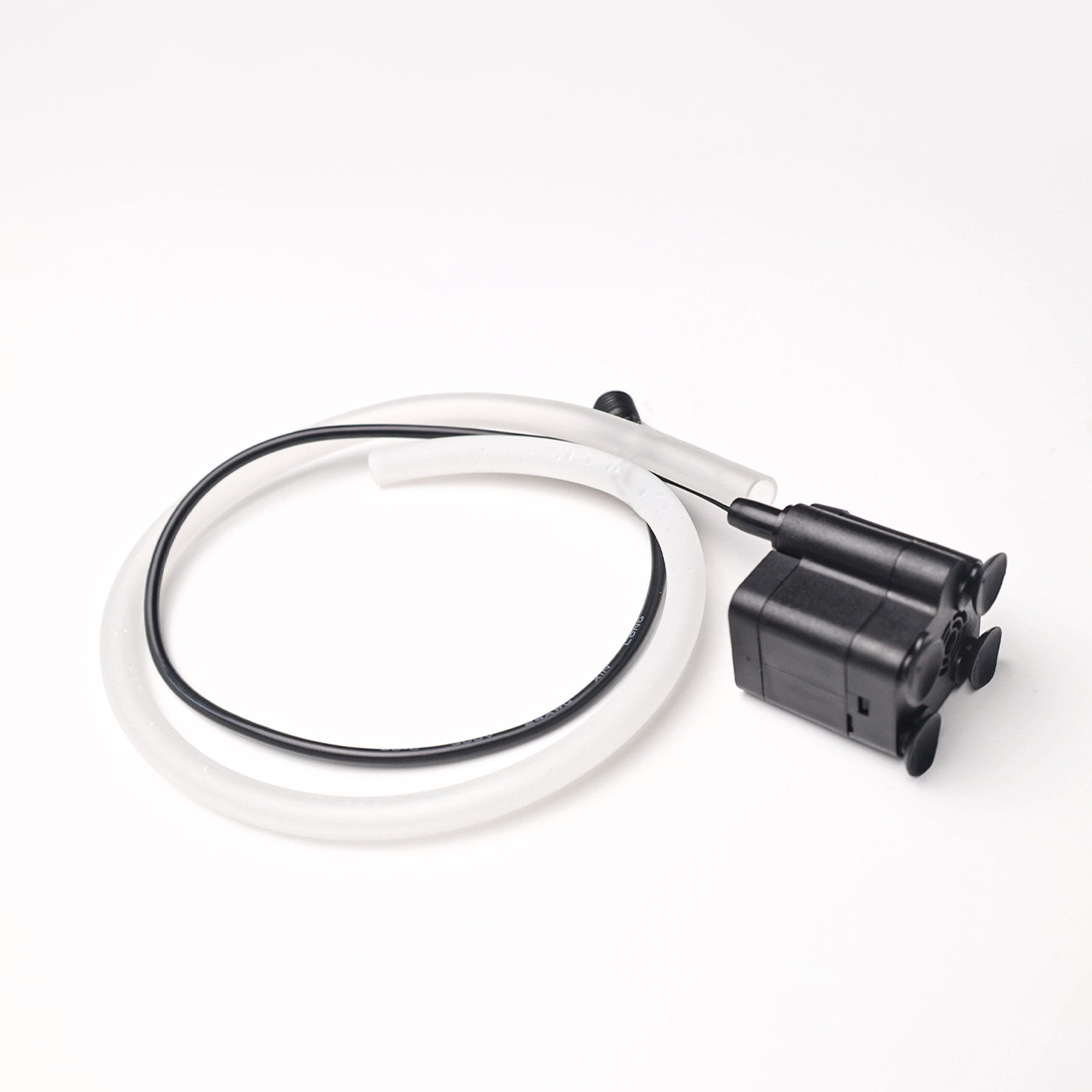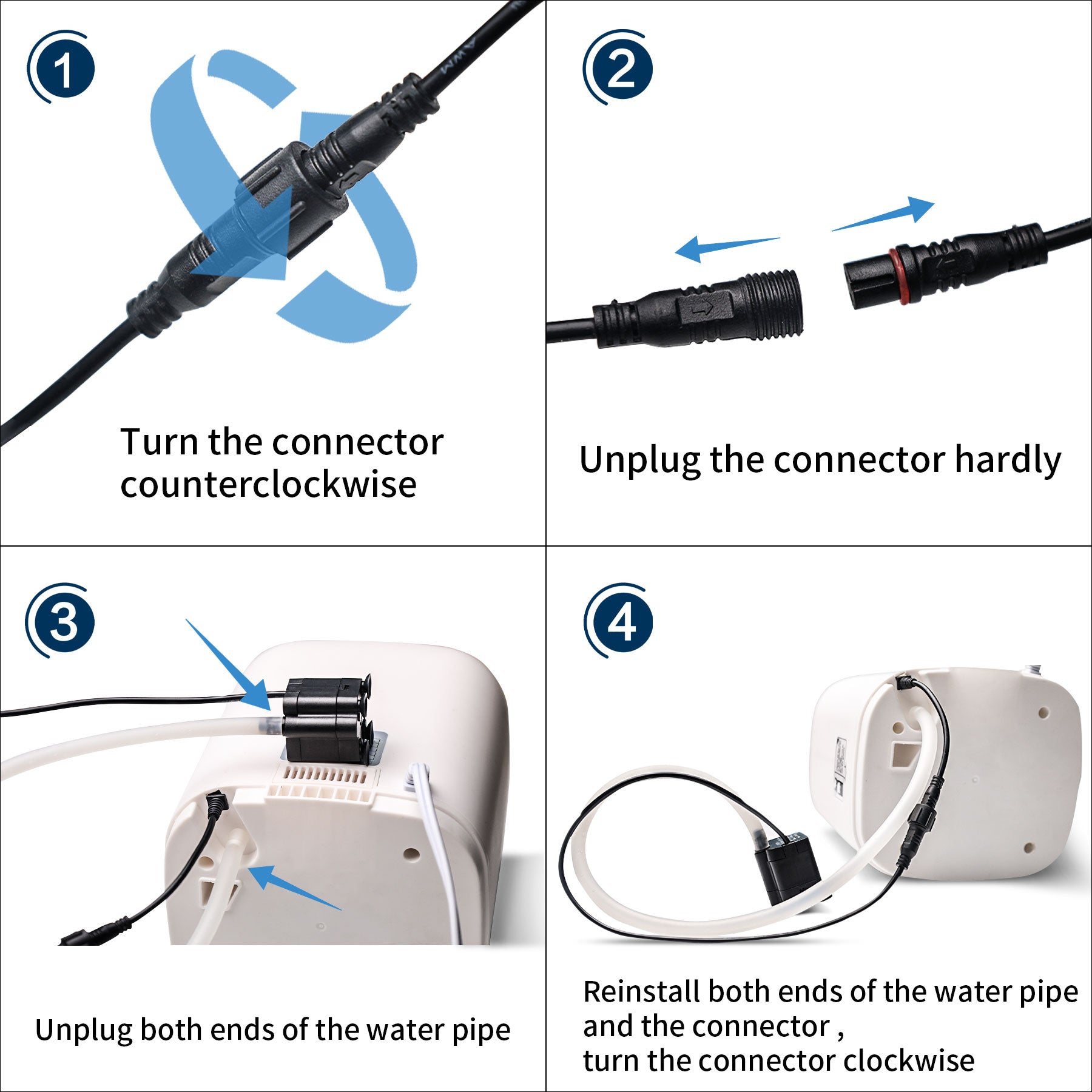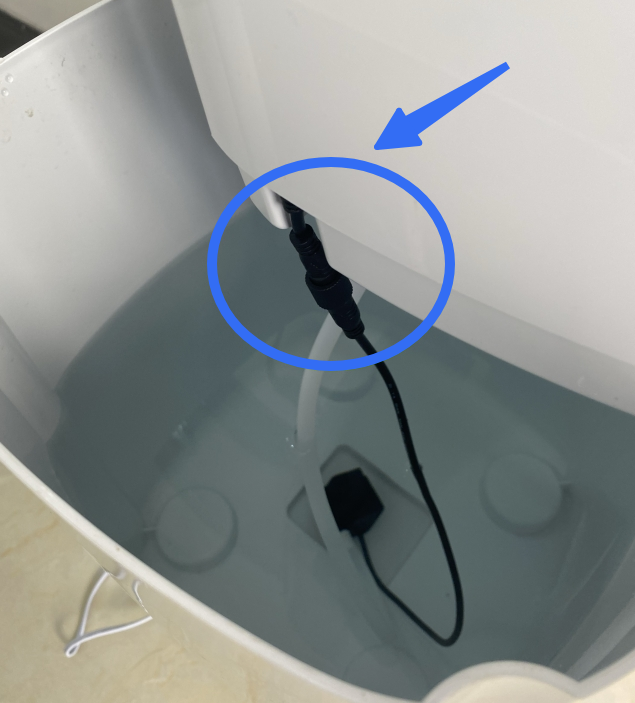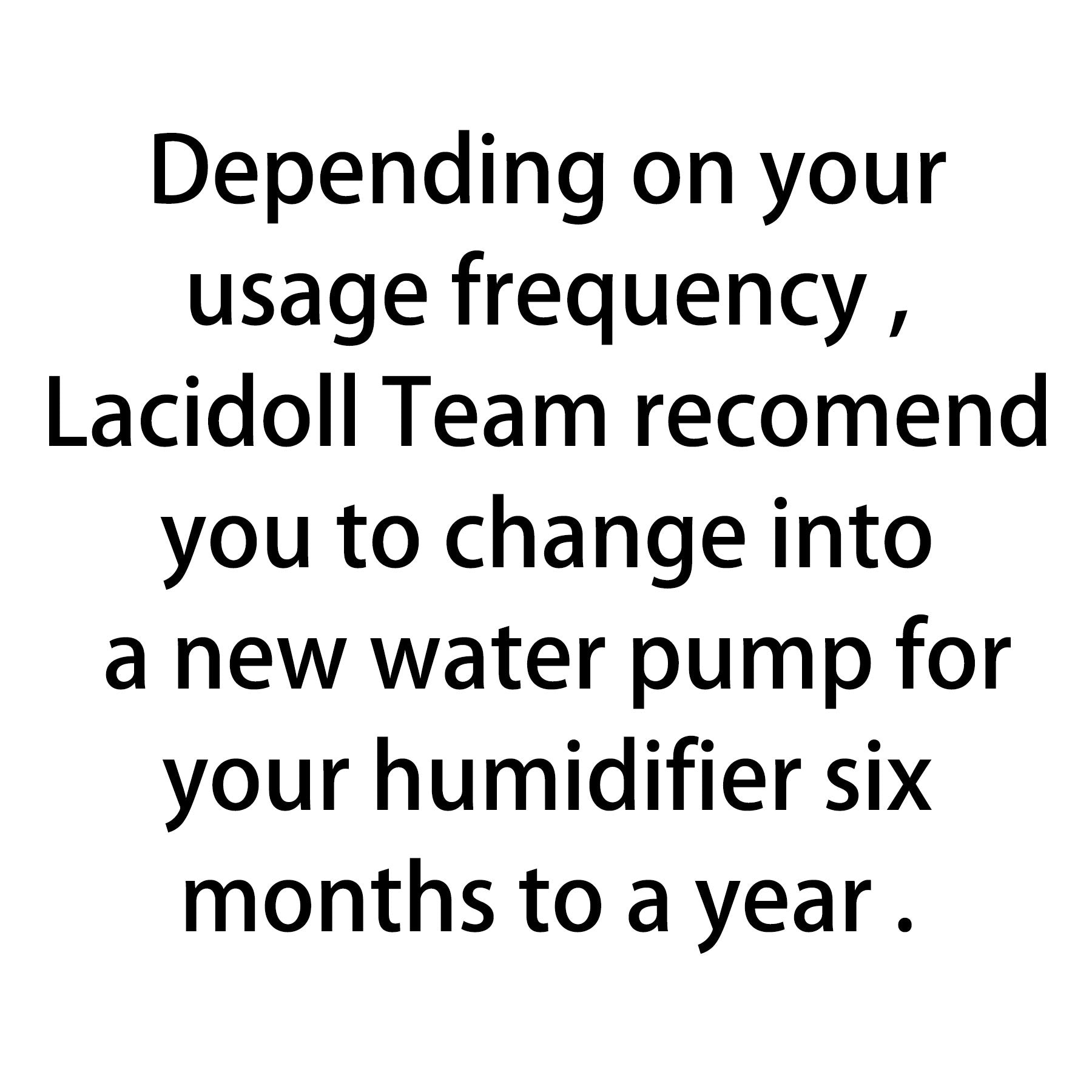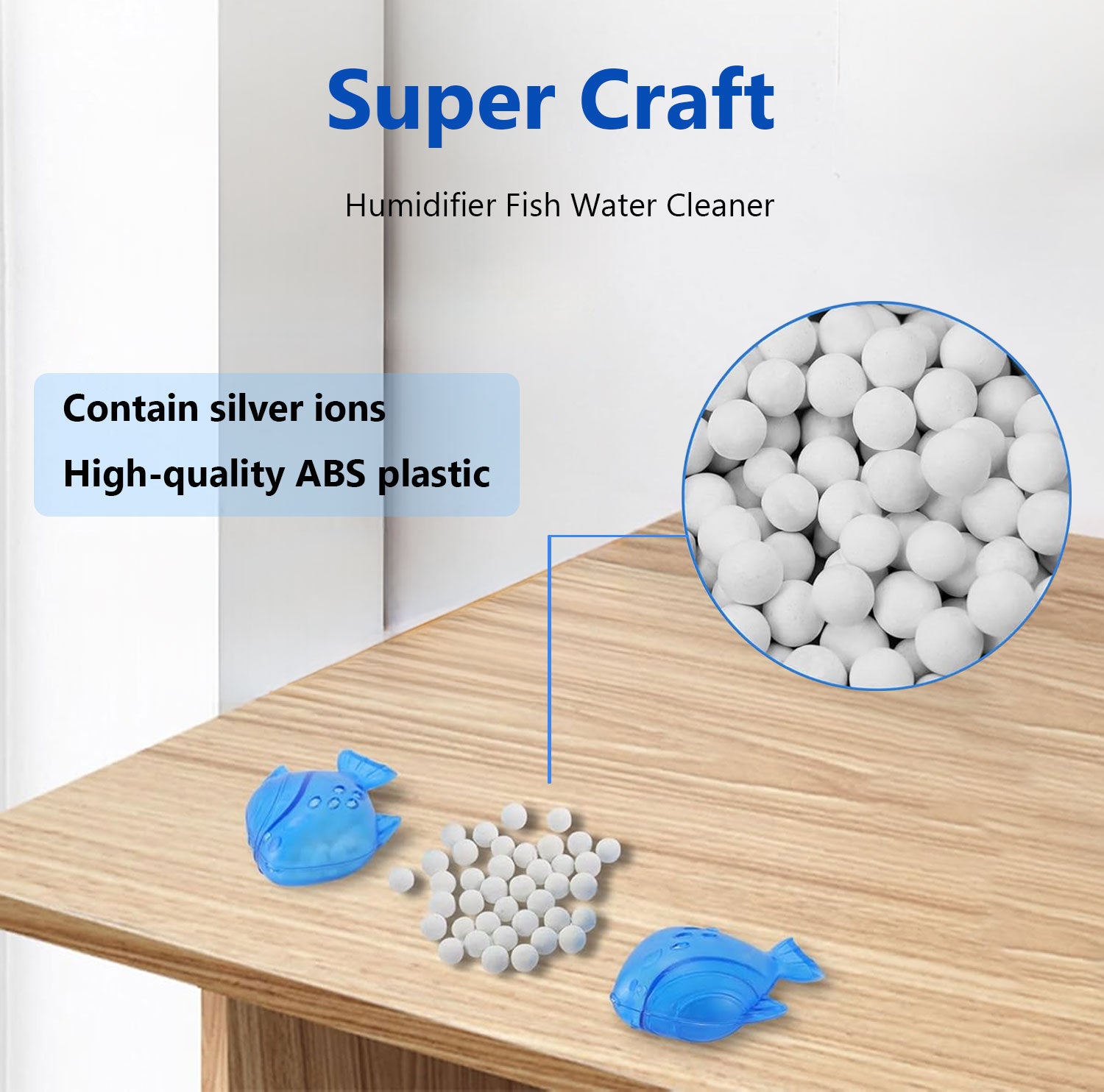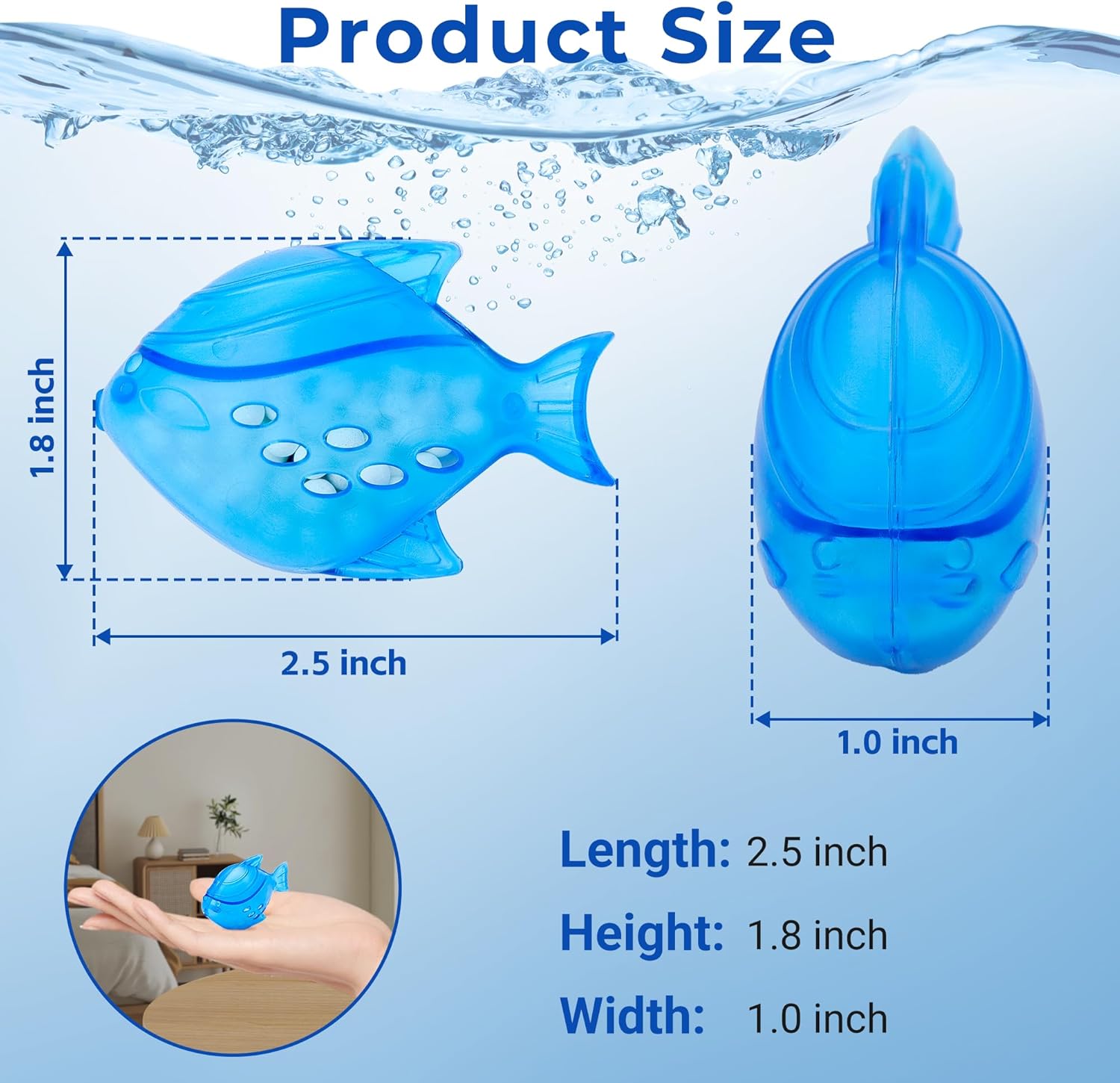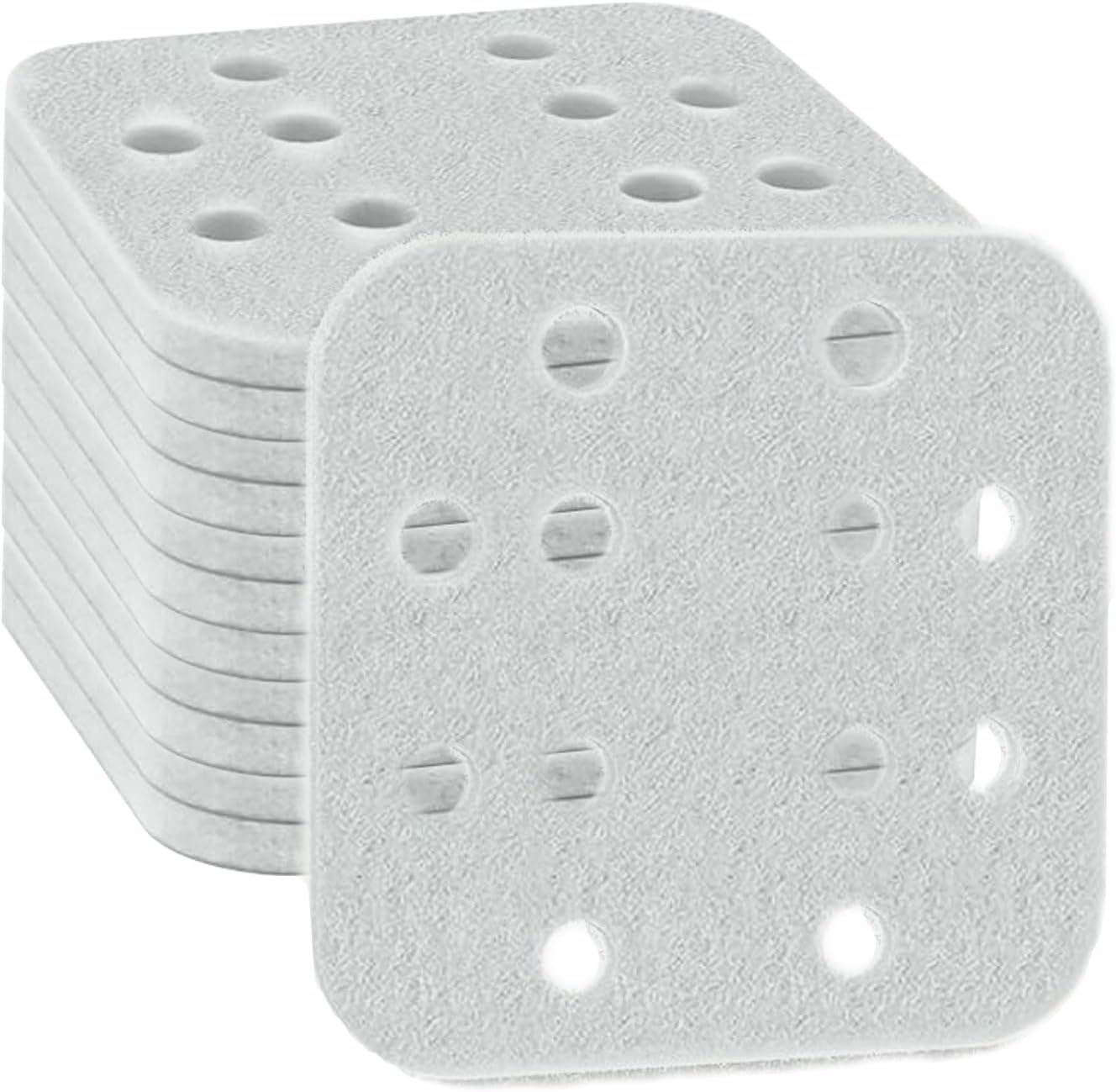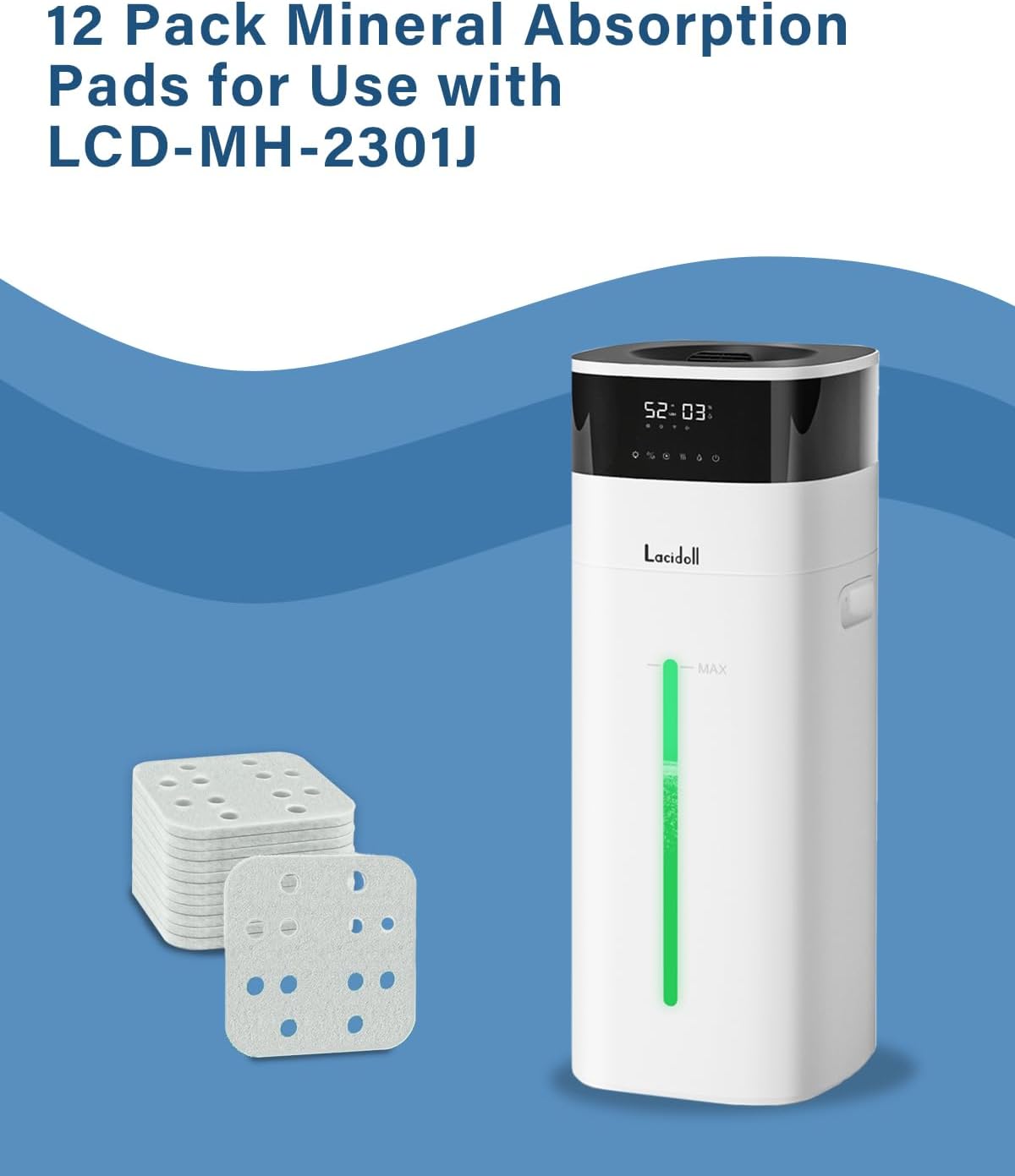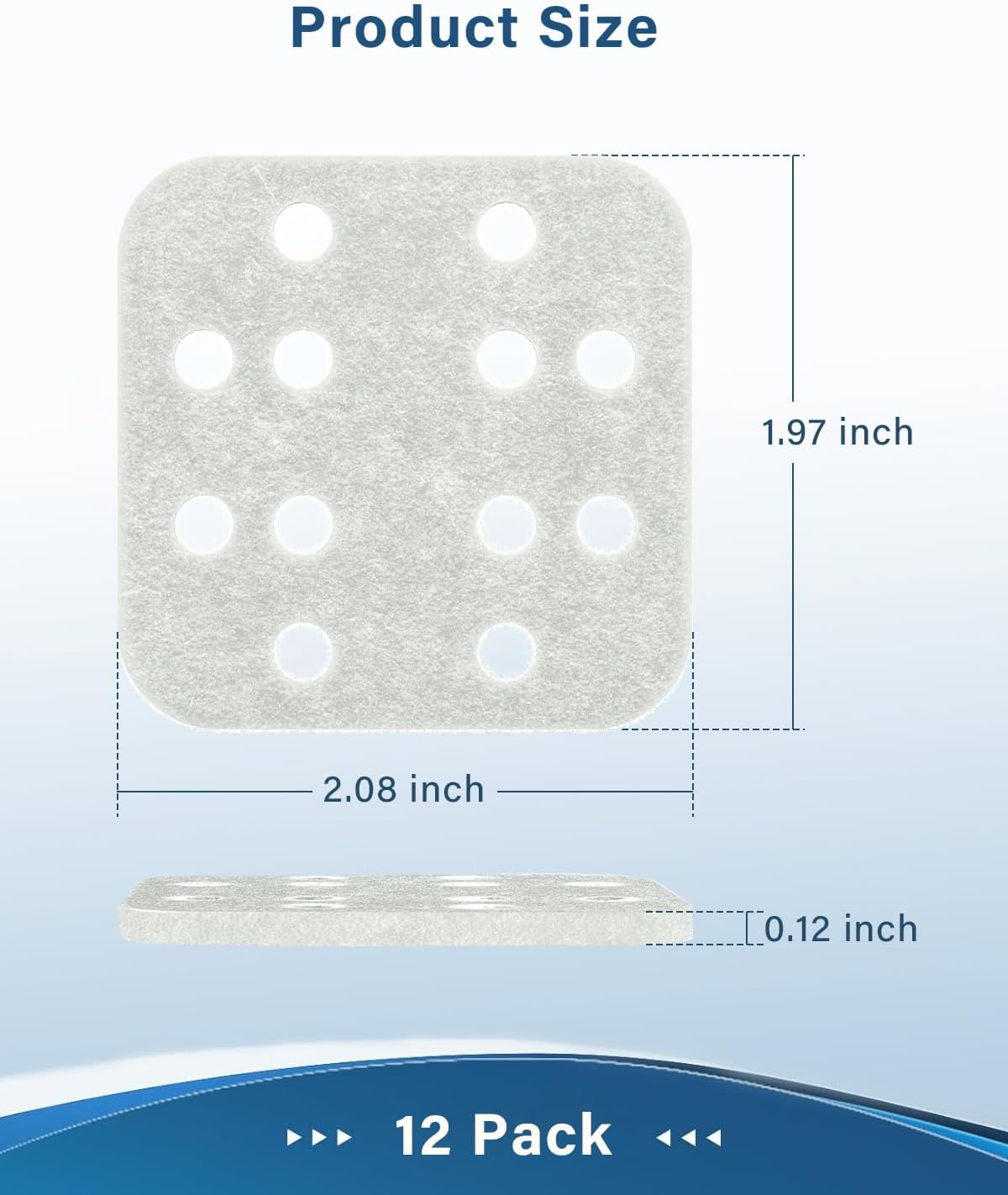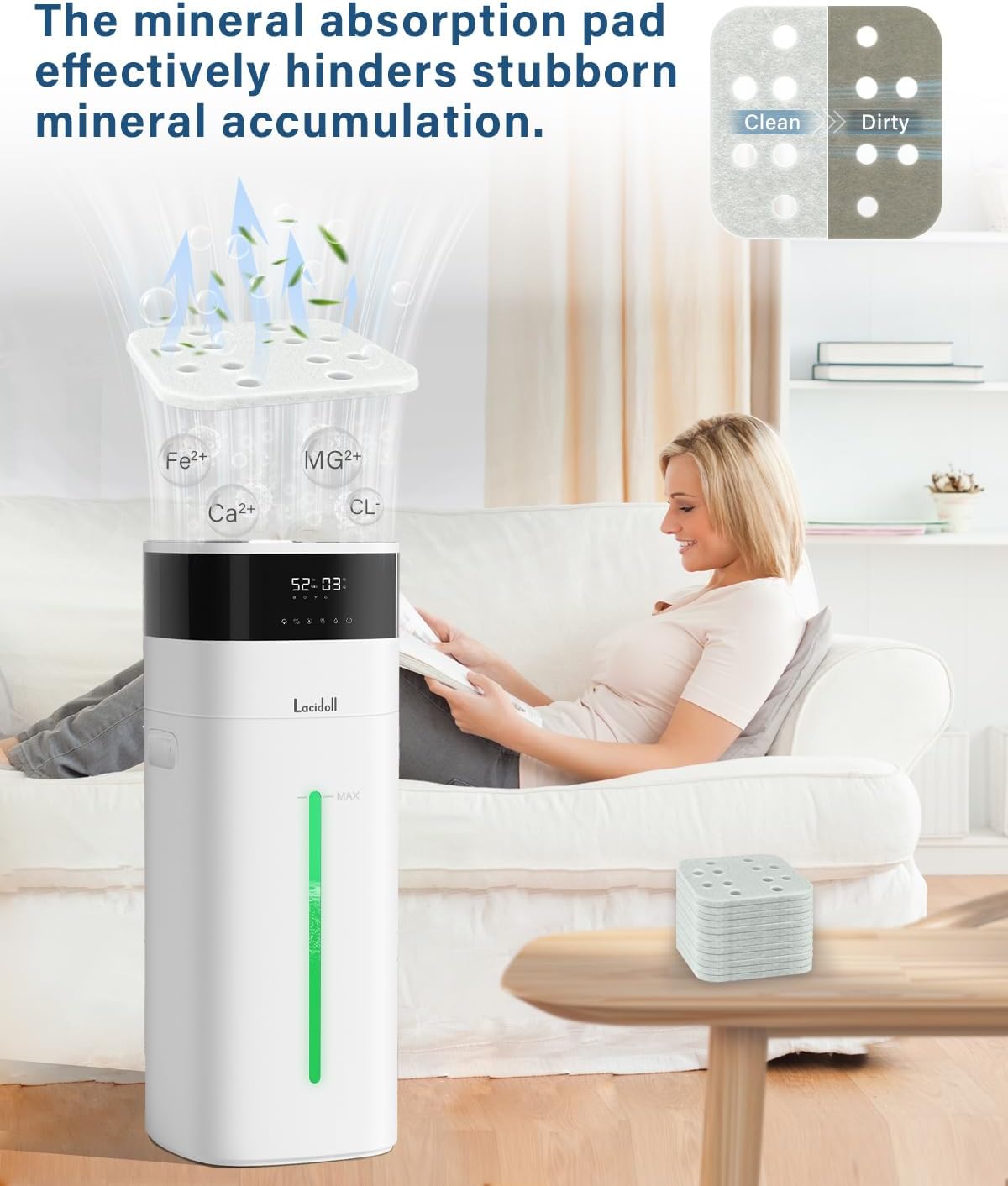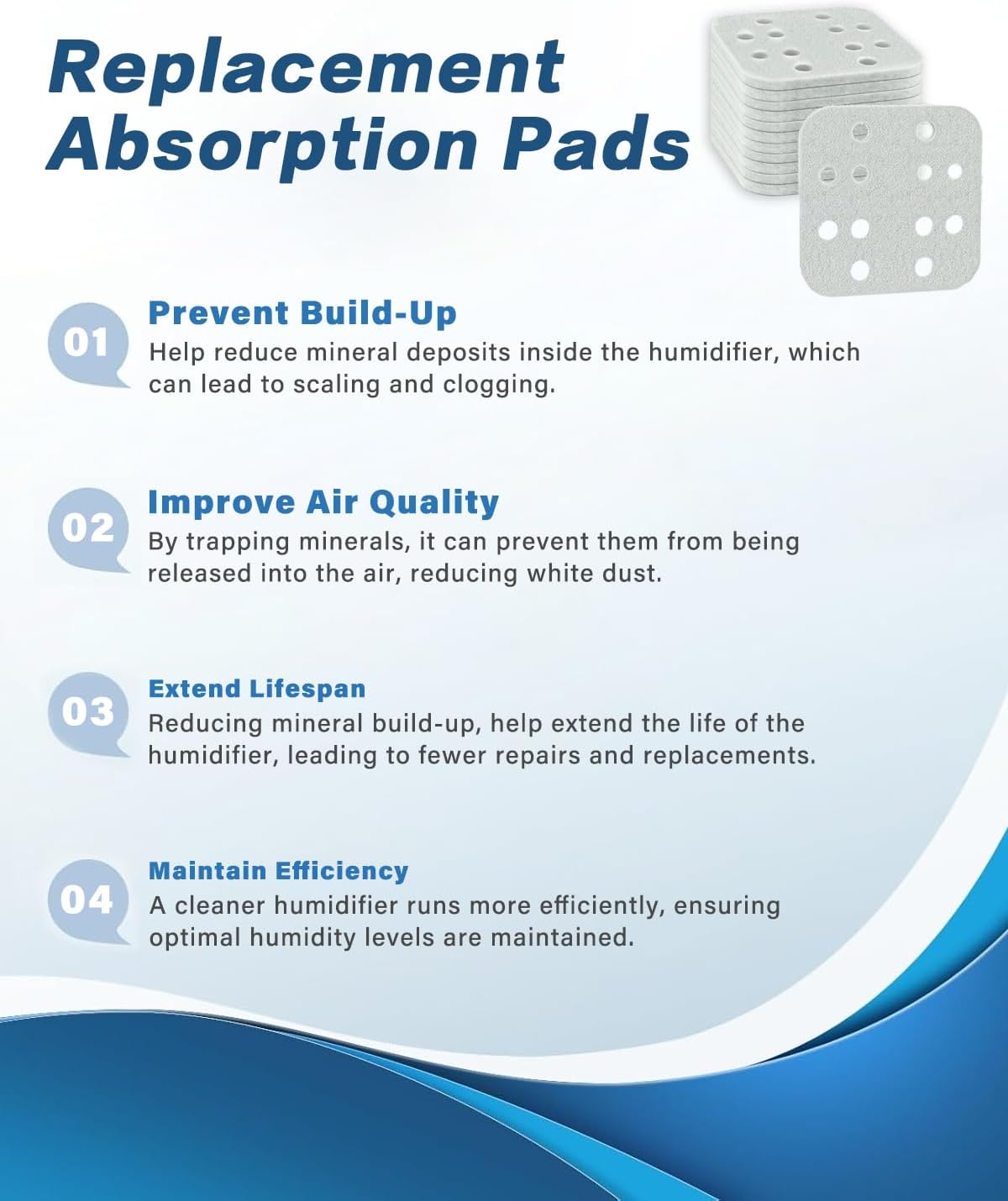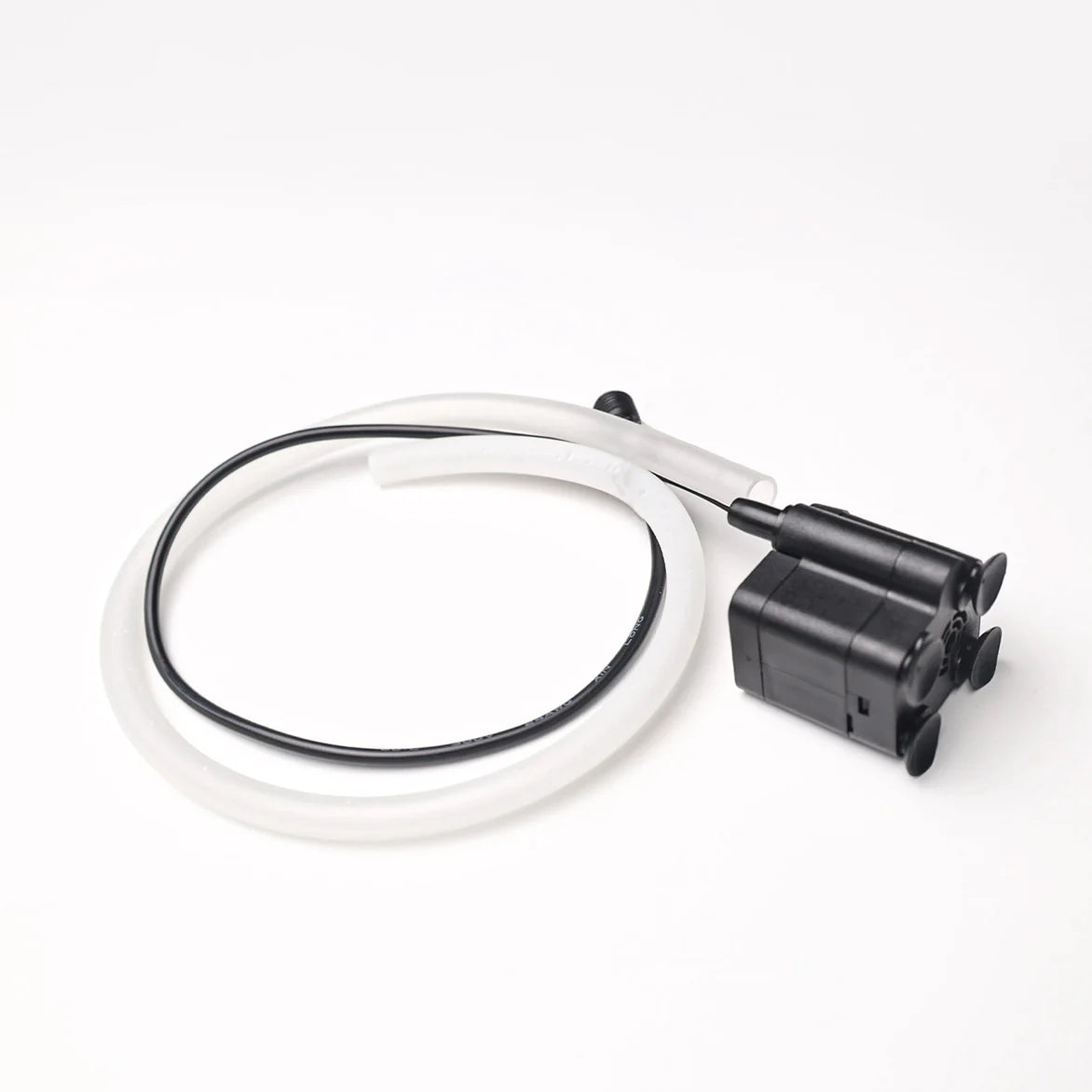1. Humidifiers are only for winter months
One of the biggest myths about humidifiers is that they're only necessary during winter months when the air is dry. The truth is that humidity levels can drop during any season, and it can vary by your location. For example, if you live in a dry climate region, it's important to use humidifiers during any season to maintain a comfortable environment. Similarly, during summer, air conditioners pull moisture from the air, leading to dry air in indoor spaces. Hence, humidifiers are essential tools to maintain optimal humidity levels during all seasons.
2. More humidity is better
Another common myth is that more humidity is better. While high humidity levels can be beneficial for your health and indoor environment, excessively high levels can lead to a host of problems. High humidity in your home can lead to mold growth, dust mites, and other allergens. It can also make your home uncomfortably warm and damp, which is a breeding ground for bacteria. Therefore, it is crucial to maintain an optimal humidity level of between 30-50%.
3. All humidifiers are the same
Another common misunderstanding about humidifiers is that they are all the same. However, there are different types of humidifiers, and each one has its own unique features and benefits. For example, evaporative humidifiers work by spreading moisture through a wick and a fan, while ultrasonic humidifiers use vibrations to create a mist of water droplets. There are also humidifiers that use warm or cold mist, which can vary in effectiveness depending on your needs.
4. You don't need to clean your humidifier regularly
Finally, some people think that their humidifiers don't need to be cleaned frequently. However, this is not the case. If not appropriately maintained, humidifiers can become a source of bacteria, minerals, and other pollutants, which can get into the air you breathe. Regular maintenance, including cleaning and changing the filter in your humidifier, is necessary to keep it working correctly and to avoid potential health hazards.
In conclusion, humidifiers offer many benefits, but they also come with some myths and misunderstandings. It's essential to understand the real facts behind these misconceptions to get the most value and benefits out of your humidifier. Ensure you use it as directed and maintain it well to keep your indoor environment healthy and comfortable throughout the year.




